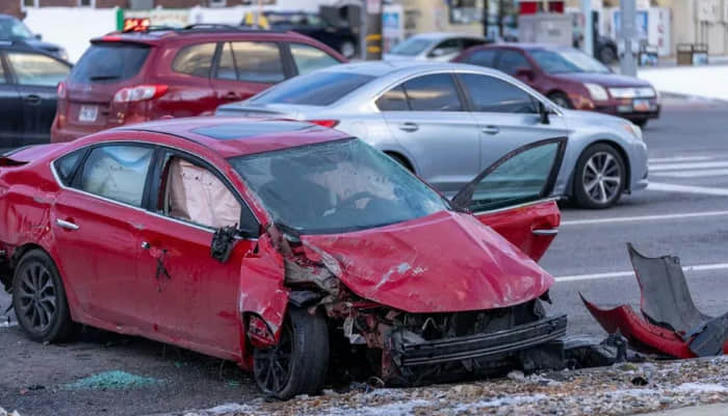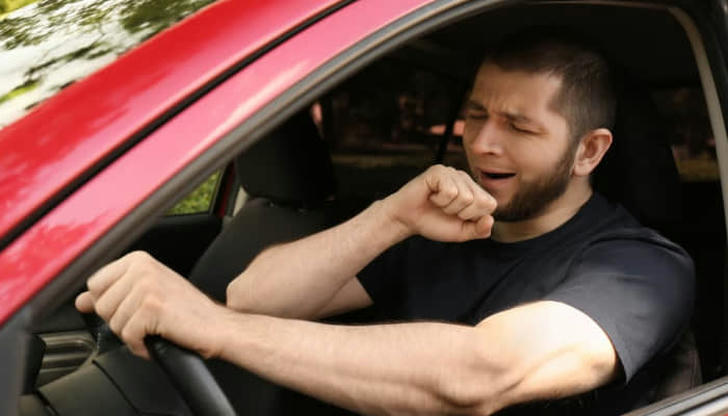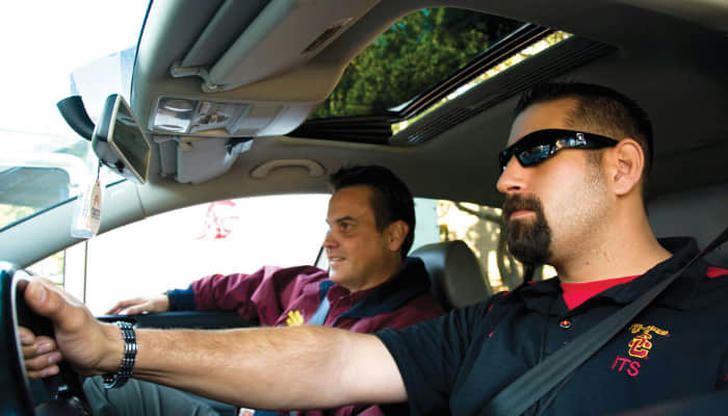Drowsy Driving: What Are Signs That You Should Stop Driving To Rest?

Driving a motor vehicle while feeling drowsy is referred to as drowsy driving. Drowsy driving significantly increases the risk of accidents, leading to many injuries and even deaths each year.
Drowsy driving is quite common, and raising awareness of it and taking preventive measures can help drivers avoid traffic accidents and protect themselves. In the following article, we will discuss the causes, consequences, and prevention methods of drowsy driving to help you avoid unnecessary risks.
How Common Is Drowsy Driving?
Drowsy driving stands as a significant contributor to motor vehicle collisions. According to the National Highway Traffic Safety Administration (NHTSA), in 2017 alone, drowsy driving led to no less than 91,000 crashes, resulting in approximately 50,000 injuries and 800 deaths.
However, these statistics likely underestimate the true impact of drowsy driving. Determining whether drowsy driving directly caused an accident, particularly in fatal crashes, is often challenging.
In light of this challenge, additional studies suggest that drowsy driving may be responsible for as many as 6,000 fatal crashes annually. Researchers estimate that around 21% of fatal car accidents involve a driver operating their vehicle while drowsy.

Why Is Drowsy Driving Dangerous?
Traffic accidents caused by drowsy driving range from scrapes and rear-end collisions to major accidents involving collisions and rollovers, resulting in injuries and damages.
Drowsy driving leads to impaired judgment, causing drivers to experience delayed reactions, increased errors in operation, and, in severe cases, loss of control over the vehicle.
Even if a person hasn't actually fallen asleep, drowsy driving remains hazardous. Research shows that sleep deprivation causes mental impairment similar to drunkenness. Being awake for 24 hours straight is roughly equivalent to having a blood alcohol content (BAC) of 0.10%.
This reduces your focus on the surroundings and makes you more prone to distractions. It slows down your reaction times, making it harder to avoid dangers on the road.

What Are Signs That You Should Stop Driving To Rest?
If you notice any of the following signs of drowsy driving, you should look for the next available opportunity to stop and rest:
• Yawning or Blinking Frequently: Excessive yawning or blinking can be a sign of drowsiness, indicating that your body is struggling to stay awake.
• Difficulty Focusing: If you find it hard to keep your eyes open or concentrate on the road, it's a clear sign that you need to take a break.
• Drifting out of Your Lane: If you find yourself drifting out of your lane or onto the shoulder of the road, it's a sign that your attention is wavering, and you need to rest.
• Missing Exits or Turns: Missing exits, turns, or road signs indicate that your cognitive functions are impaired, and you're not fit to drive safely.
• Feeling Irritable or Restless: Feeling irritable, restless, or impatient while driving can be a sign of fatigue, and it's best to pull over and rest.
• Difficulty Remembering the Last Few Miles: If you have trouble remembering the last few miles you've driven, it's a sign that your mind is not fully engaged, and you should stop driving.
• Heavy Eyelids or Head Nodding: If you experience heavy eyelids or find yourself nodding off while driving, it's critical to stop driving immediately and rest.
• Difficulty Maintaining Speed: Difficulty maintaining a consistent speed or inadvertently speeding or slowing down can indicate that you're not fully alert and need to rest.
Take these signs seriously. They are a warning that you are drowsy and at risk if you continue driving. Exit or pull off the road and rest until you are not feeling sleepy.

How Can You Avoid Drowsy Driving?
• Get Sufficient Sleep: Aim for 7-9 hours of quality sleep each night to ensure you're well-rested before getting behind the wheel.
• Take Regular Breaks: Plan to take breaks every 2 hours or every 100 miles during long drives. Use these breaks to stretch, walk around, and refresh yourself.
• Avoid Driving During Sleepy Hours: If possible, avoid driving during the hours when you would normally be asleep, such as late at night or early in the morning.
• Share Driving Responsibilities: If you're on a long journey, share the driving responsibilities with someone else to ensure you both stay alert and rested.
• Limit Alcohol and Medications: Avoid alcohol consumption before driving, and be cautious with medications that may cause drowsiness. Always read labels and consult your doctor if unsure.
• Stay Hydrated and Snack Wisely: Drink plenty of water to stay hydrated and snack on light, healthy foods to maintain your energy levels during the drive.
• Be Mindful of Warning Signs: Pay attention to warning signs of drowsiness, such as yawning, heavy eyelids, or difficulty focusing. If you experience any of these signs, pull over and take a break.
• Use Stimulating Techniques: Use techniques like listening to upbeat music, opening the window for fresh air, or chewing gum to help stay alert while driving.
• Plan Your Route: Plan your route in advance, allowing for rest stops and breaks along the way. Avoid tight schedules that may pressure you to drive while fatigued.
• Consider a Power Nap: If you start feeling drowsy while driving, find a safe place to pull over and take a short 15-20 minute nap to recharge.
By following these tips and being mindful of your body's signals, you can significantly reduce the risk of drowsy driving and ensure safer travels for yourself and others on the road.
